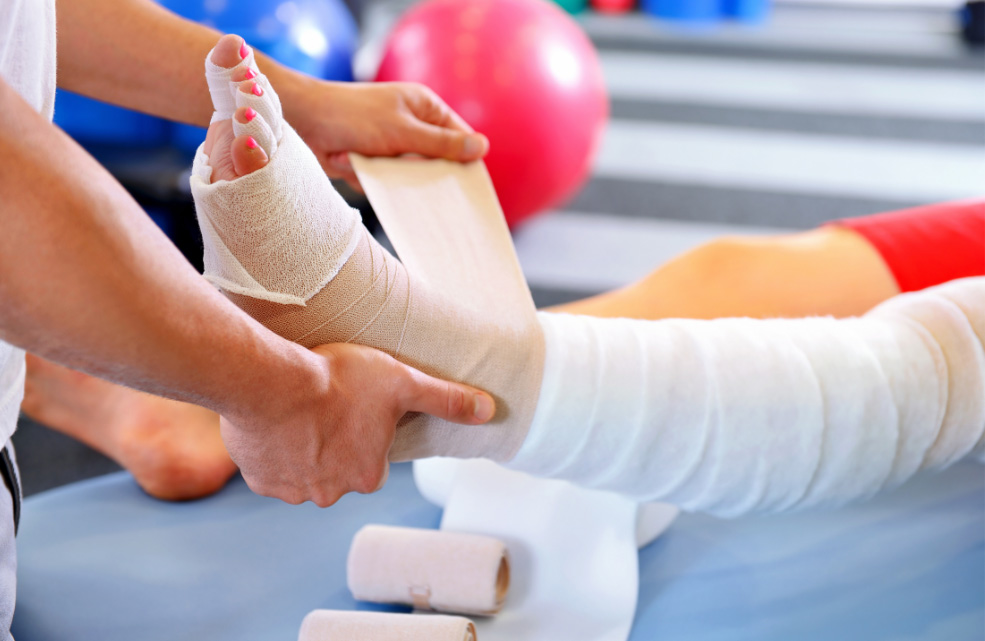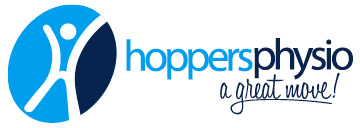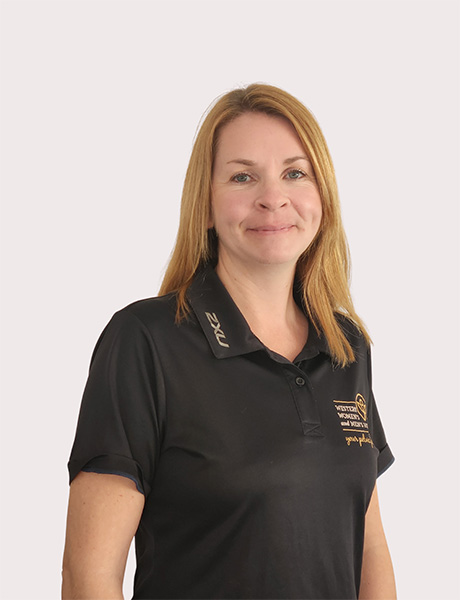What is Lymphoedema ?
Lymphoedema is a chronic condition that causes swelling from excessive amounts of fluid in the body due to a dysfunction in the lymphatic system. The condition usually affects one or both arms or legs, but can involve the trunk, breast, head, neck or genitals. It can affect both males and females.
The lymphatic system is made up of a network of lymph nodes and vessels throughout the body which transport fluid (lymph) from the tissues into the bloodstream. When this system is impaired, it is unable to efficiently drain this fluid, resulting in swelling.

Types of lymphoedema:
Primary lymphoedema: caused by a genetic malformation of the lymphatic system. Swelling may not present itself until adolescence or early adulthood.
Secondary lymphoedema: caused by damage or destruction of lymph nodes or lymphatic vessels. This can occur after surgery and/or radiotherapy related to cancer treatment, recurrent cellulitis, or following trauma or surgery to other organs or structures in the body. Symptoms can present themselves soon after surgery, or can be delayed up to 5 years after. Very early (stage 0) lymphoedema is potentially reversible and so early detection and regular monitoring is vital.
Jacqueline Bate
PhysiotherapistJacqui is an experienced Senior Physiotherapist and also a qualified and accredited lymphoedema therapist, listed on the Australasian Lymphology Association (ALA) register. She is able to assess and treat for both primary and secondary lymphoedema and also Lipoedema. You can book an appointment online or over the phone.
Read MoreWhat is Lipoedema?
Lipoedema is a chronic inflammatory condition that can exist in its own right, or be accompanied by lymphoedema. It occurs when fat builds up in the legs, thighs, hips and sometimes the arms. it usually affects both sides of the body and affects more women than men. Lipoedema is genetic, NOT the same as obesity and is usually triggered or becomes worse during times of hormonal change eg puberty, pregnancy, menopause. It can also be triggered by taking the contraceptive pill, after a hysterectomy or after hormone therapy for breast cancer.
In the early stages, you may just notice some tightness in the skin around the legs with some weight gain without any changes in your life routine. In the later stages, you can visibly see increased limb size and lumpy fat deposits under the skin. The skin can become very tender, and you may bruise more easily. This can then disrupt the lymphatic system leading to a secondary lymphoedema.
It is not a very well understood condition and often mis-diagnosed and many are left feeling under supported and helpless.
Treatment
There is no known cure for lymphoedema or lipoedema, however they can be managed with appropriate care. The aim for management is to reduce and then control swelling, improve range of movement of the affected area, whilst preventing infections.
Management strategies can include:
- Education
- Skin care
- Gentle exercises
- Manual lymphatic drainage (MLD)
- Compression therapy
- Scar management or management of cording
- Hydrotherapy
- Diet
Education
Since lymphoedema and lipoedema cannot be cured, educating yourself on how to best self-manage the condition is key in minimising symptoms, maximising comfort and quality of life, and preventing complications such as infections. If you have recently been diagnosed, or not previously received good support, your therapist can help to identify what modifications to your care are required and can liaise with other members of the multi-disciplinary team on your behalf, if required.
Skin care
The skin is the largest organ of the body and the main barrier against infection. Effective skin care is therefore vital and this involves daily cleaning, moisturising and protection from injury or sun exposure.
Gentle exercises
The muscles are important in helping to pump lymph fluid through the body, enabling fluid to be drained away. Exercise is therefore helpful in reducing tissue swelling, improving joint range of movement and maintaining overall health and cardiovascular fitness. Deep breathing exercises can actually help with lymphatic drainage. Light exercises are generally safe and beneficial for everyone but should be guided and personalised by a therapist.
Manual lymphatic drainage (MLD)
This is a very specialised and gentle massage technique, aiming to improve lymphatic drainage, helping to direct the fluid to the nearby functioning lymphatic vessels and lymph nodes. You can be educated on how to perform self-MLD outside of therapy sessions.
Compression therapy
Compression therapy is possibly the most important component of lymphoedema and lipoedema management. The type of compression will depend on various factors including the severity of swelling, how much pressure is required, any wounds that require regular monitoring and attention, with consideration to tolerance of wearing the compression. Bandaging aims to help lymph fluid to drain away and will need to be applied by the therapist and changed every 2 – 7 days depending on the use. Once swelling is under control, you can be measured for a compression garment which should be worn daily, with some people requiring nighttime garments. Compression can also be provided by pneumatic compression pumps.
Poorly fitting compression garments can actually make swelling worse. Your therapist can assist with choosing the right garment and with measuring for a good fit.
Scar management / cording
Scars or cording following breast or other surgery can be uncomfortable and can make it difficult for lymphatic fluid to drain. It is therefore beneficial to treat scars and cording tissues to aid comfort, prevent issues with range of movement and to minimise the impact on the lymphatic system. Your therapist can assist with scar massage, soft tissue mobilisations and other management techniques.
Hydrotherapy
The hydrostatic pressure of water can provide a natural, graduated compression and be helpful in assisting lymphatic flow, especially when combined with exercise where the muscles contribute by pumping fluid away from swollen limbs. The buoyancy of the water minimises the impact on joints and can make it easier to perform strengthening and aerobic exercise. This can be guided by a therapist in a group setting and in the longer term maintained with regular individual sessions.
Diet
Whilst diet generally does not cause lymphoedema or lipoedema, some small modifications can help such as following a diet that naturally includes anti-inflammatory food groups. Whilst it may seem counter intuitive, it is also important to keep well hydrated to stop the lymphatic fluid from becoming thick and difficult to shift. For further information, you should discuss this with your doctor or dietician.

